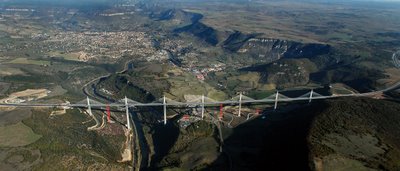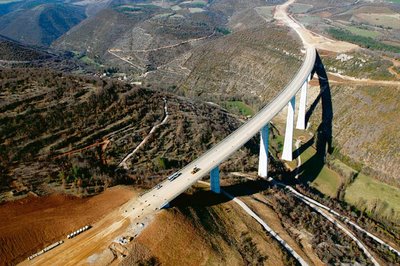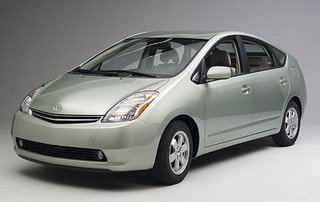Traffic Congestion : Slow Down

At last, a topic I know something about. We all know air traffic is a tricky thing. There are a lot of statistics that show how much money is lost because of traffic congestion etc. The main area where air traffic congestion originates is the airport zone. Around the airport is where the congestion is maximum. This figure shows the area around Chicago O’Hare.

Where the congestion is high, the probability of collision is high (no rocket science). So, to avoid this, my friend had a research proposal. The main reason for this congestion is because planes tend to slow down near the airport – as they wait for gates to open in the airport, or until the run way clears up. Her study was trying to reduce the delay in the area immediately surrounding the airport.
This figure shows a conceptual idea. Zone 1 surrounds the airport – the delay here is maximum, and so is the congestion. From Zone 2 to 5, the congestion reduces. Zone 5 is the cruise zone – there is almost no delay here. The plane’s velocity (cruise speed) is about 0.75- 0.79 Mach. This is the best velocity as it consumes minimum fuel for commercial aircrafts. So, when these planes are made to slow down in Zone 1, the airlines don’t like that – it consumes more fuel - it costs a lot of money.

This research tried to reduce the delay in the red zone, by splitting the delay to all the other zones (?) Let me explain. Lets say for a journey from A to B, the delay expected near the airport is 10 minutes. Rather than spending 10 minutes in the Red zone (which is what happens now), it was suggested the 10 minutes be split up and distributed in all the 5 zones.
Lets say, you decide to slow down in Zone 5, then the cruise speed will reduce from 0.79 to say 0.75. As mentioned earlier - around 0.75 Mach is good cruise speed - the drag is minimum and hence fuel needed is also minimum. So now, the time spent in the red zone is reduced - which is the objective of the research study. Currently - the system works differently. In the red zone, when the planes circle as they await a spot to land, the speed is about 0.4 Mach. This is a lot slower and basically consumes a lot more fuel. Airlines don't like this - as they have to blow a lot of money doing nothing - just for waiting around. They would much rather slow down to 0.75 M in Zone 5.

The risk here is this – lets say it has been calculated that the delay is 10 minutes and 8 minutes of those have been split in to Zone 2,3,4, and 5. Only 2 minutes remains to be burnt in the red zone. But for some unexpected reason there is further delay of about 8 minutes in the red zone. Then what has happened is your total delay is 20 minutes – which might have been avoided if this new algorithm wasn’t implemented.
A lot of work remains to be done in this area – but I hope you get the picture. The idea is that by fully utilizing Zone 5 (which is very vast), congestion can be minimized in Zone 1. This is good for every one – the passengers reach destination on time; the airlines waste less time and spend less fuel; the air space is a bit safer due to reduced congestion. Well the challenge of course is implementing the system in a national scale. There are lot of studies being conducted, just to see if this system will really help. There have been many such ideas which have been rejected as they actually seem to make it more complex; but NOT THAT 1 - this system I think, will be implemented in the near future.
Pretty dry blog actually – sorry about that ! My interest in this area is mainly triggered by one of my professor Dr Eric Feron in Georgia Tech - Aerospace. His research is in this area and he is considered an "expert" in it. He is a prof from MIT and recently moved to GT. I don't think he will be my guide - definitely wouldn't mind though.






